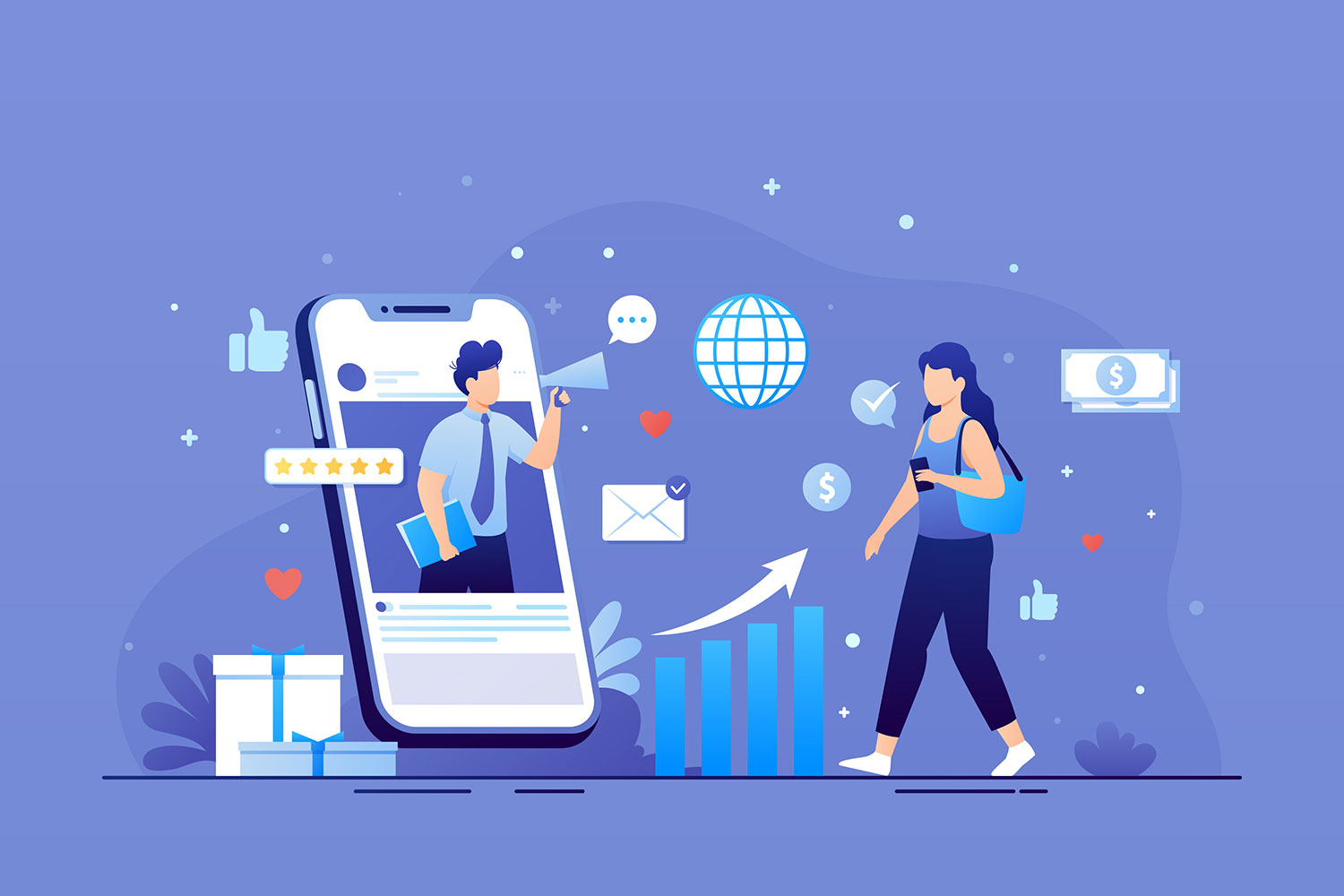
Paid Media Explained: A Comprehensive Guide for 2025
In the complex and interconnected world of modern marketing, understanding the different levers you can pull to drive growth is paramount. You’ve likely heard the terms ‘owned’ and ‘earned’ media, but the engine that often provides the most control, scalability, and speed is Paid Media. For businesses of all sizes in 2025, from global enterprises to agile startups in dynamic hubs like Beirut, mastering paid media is no longer just an option—it’s a critical component of a resilient marketing strategy.
But what exactly does it encompass, and how can you leverage it effectively today? This guide will define paid media, provide clear examples, and outline a strategic approach for the current landscape.
What is Paid Media? Definition and Context
At its core, the definition is straightforward: Paid media is any marketing exposure that a company pays for. It involves paying a third-party platform or publisher to place your message in front of a specific, targeted audience.
To truly understand it, it’s helpful to see it within the broader PESO model (Paid, Earned, Shared, Owned):
- Owned Media: Channels you control entirely, such as your website, blog, or official company social media profiles.
- Earned Media: Exposure you gain organically from others, like press mentions, customer reviews, or unsolicited social media shout-outs.
- Paid Media: The tool you use to amplify your owned media, generate more earned media, and reach audiences who may not otherwise find you.
In essence, paid media is the act of paying for placement. It is the most direct way to guarantee visibility, allowing you to control the message, the audience, and the timing of its delivery.
Common Examples of Paid Media
Paid media exists in many forms, spanning a wide array of digital channels. Here are some of the most prevalent examples in 2025:
- Search Engine Marketing (SEM): This is perhaps the most well-known form. It involves paying to appear at the top of search engine results pages (SERPs). Using platforms like Google Ads and Microsoft Ads, businesses bid on keywords relevant to their products or services, typically paying on a Pay-Per-Click (PPC) basis.
- Paid Social Media Advertising: All major social platforms offer robust advertising options. This includes running targeted ads on Meta (Facebook and Instagram), LinkedIn, TikTok, X (formerly Twitter), and Pinterest. The strength here lies in the incredibly granular targeting capabilities, allowing you to reach users based on demographics, interests, behaviors, and more.
- Display Advertising: These are the visual banner, video, or interactive ads you see on websites across the internet. These campaigns are most often run through advertising networks like the Google Display Network (GDN), using programmatic technology to serve ads on relevant publisher sites.
- Native Advertising & Sponsored Content: This form of paid media is designed to blend in with the platform on which it appears. It includes sponsored articles on news sites, promoted listings on e-commerce platforms, or “recommended for you” content sections that are paid placements.
- Paid Influencer Marketing: While it has an “earned media” feel, paying an influencer or content creator to feature your product is a form of paid media. You are paying for access to their audience and leveraging their credibility to deliver your message.
- Video Advertising: This includes pre-roll, mid-roll, or skippable ads on platforms like YouTube, as well as paid video placements within social media feeds.
A Strategic Guide to Paid Media in 2025
Simply spending money isn’t a strategy. To succeed with paid media today, a thoughtful approach is essential.
- Strategy First, Channels Second: Before you allocate a single dollar, define your objective. Are you trying to build brand awareness, generate qualified leads, or drive direct sales? Your goal and your target audience persona should dictate which platforms you use, not the other way around.
- Harness the Power of Data: The effectiveness of paid media lies in its targeting. Utilize the data available to you—including your own first-party customer data—to build precise audiences. A well-targeted campaign delivered to a small, relevant audience will almost always outperform a generic campaign delivered to the masses.
- Creative is Your Differentiator: In a crowded digital space, a boring ad is an invisible ad. High-quality visuals, compelling ad copy, and engaging video are non-negotiable. Invest in creative that not only grabs attention but also communicates your value proposition clearly and authentically.
- Embrace Integration: Paid media is most powerful when it doesn’t work in a silo. Use paid campaigns to amplify the content on your owned media channels (like a new blog post or case study). A successful paid campaign can, in turn, generate buzz, shares, and conversations, leading to valuable earned media.
- Measure, Optimize, Repeat: The beauty of digital paid media is its measurability. Crucially, you must track Key Performance Indicators (KPIs) relevant to your goals, such as Return on Ad Spend (ROAS), Cost Per Acquisition (CPA), and Click-Through Rate (CTR). Continuously test different ad creatives, audiences, and strategies, then use that data to optimize your campaigns for better results.
- Navigate with Transparency and Trust: In 2025, user privacy is paramount. Ensure your practices are compliant with regulations like GDPR and that you are transparent about sponsored content and data usage. Building trust is essential for long-term brand health.
Conclusion
Ultimately, paid media is a controllable, scalable, and powerful accelerator for business growth. It provides the ability to reach specific audiences with a tailored message precisely when and where it matters most. While it requires investment and strategic oversight, a well-executed paid media strategy, integrated with owned and earned efforts, is an indispensable part of a balanced and effective marketing mix in today’s competitive landscape.
Ready to make AI data-driven decisions for your brand?
Creatives can help!
Our team of AI-powered digital marketing experts can guide you in harnessing the power of data to achieve your marketing goals.
Schedule a consultation to learn how our AI-powered solutions can drive growth.

